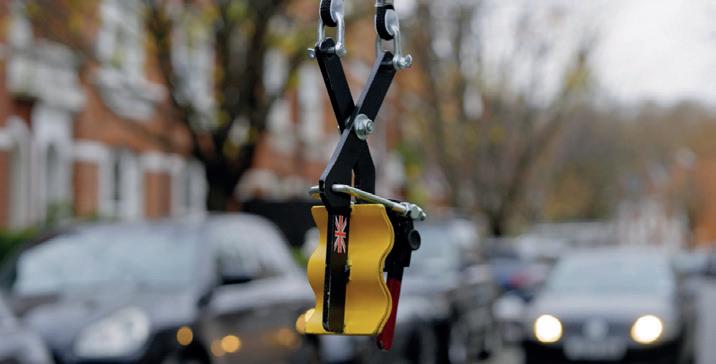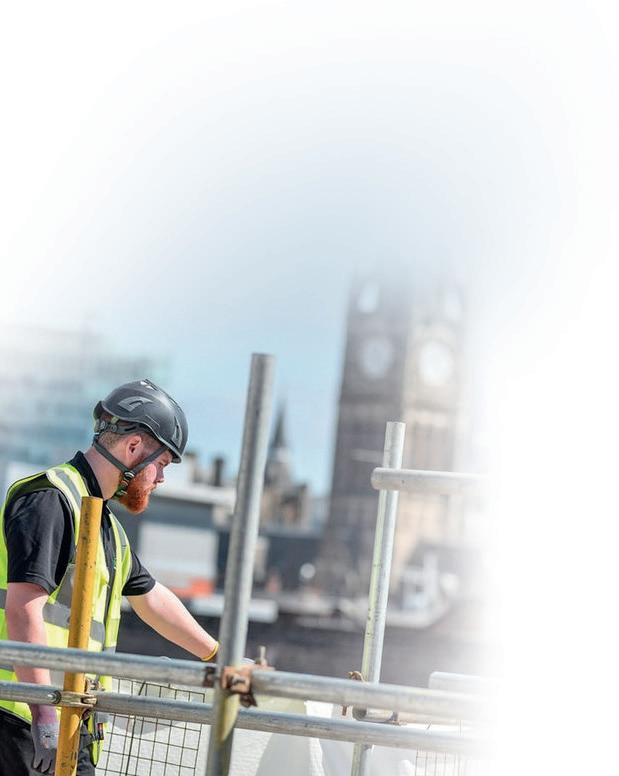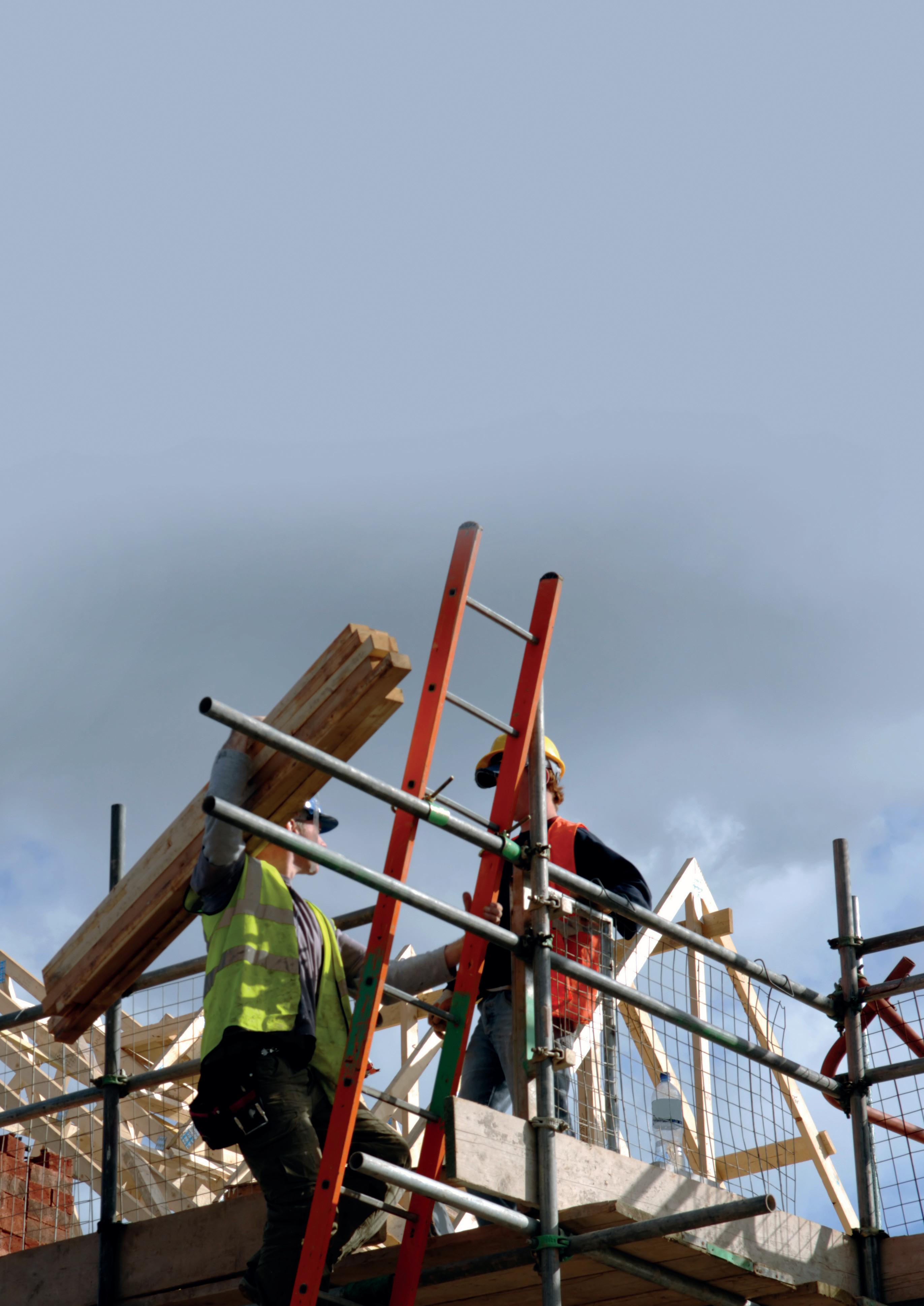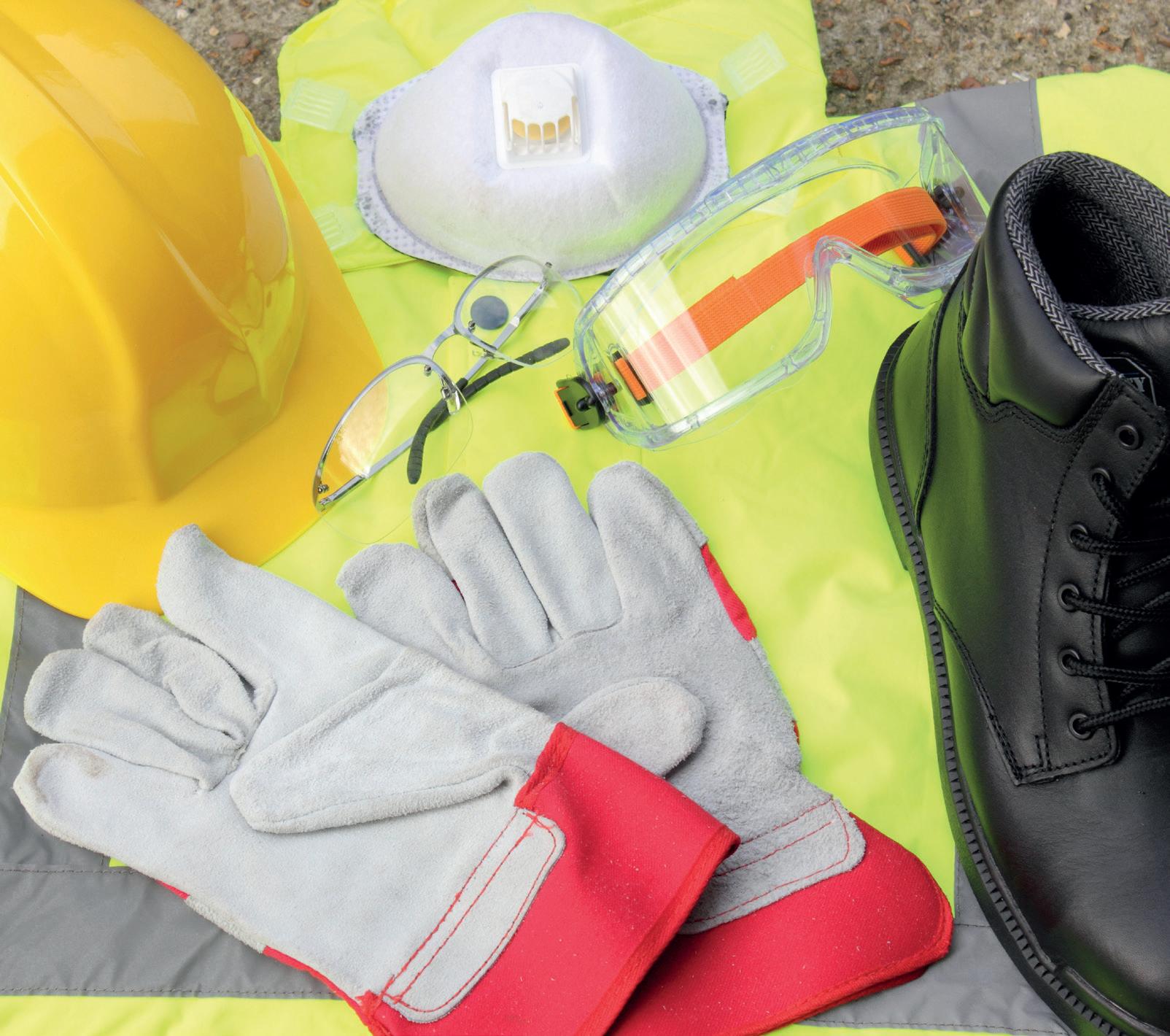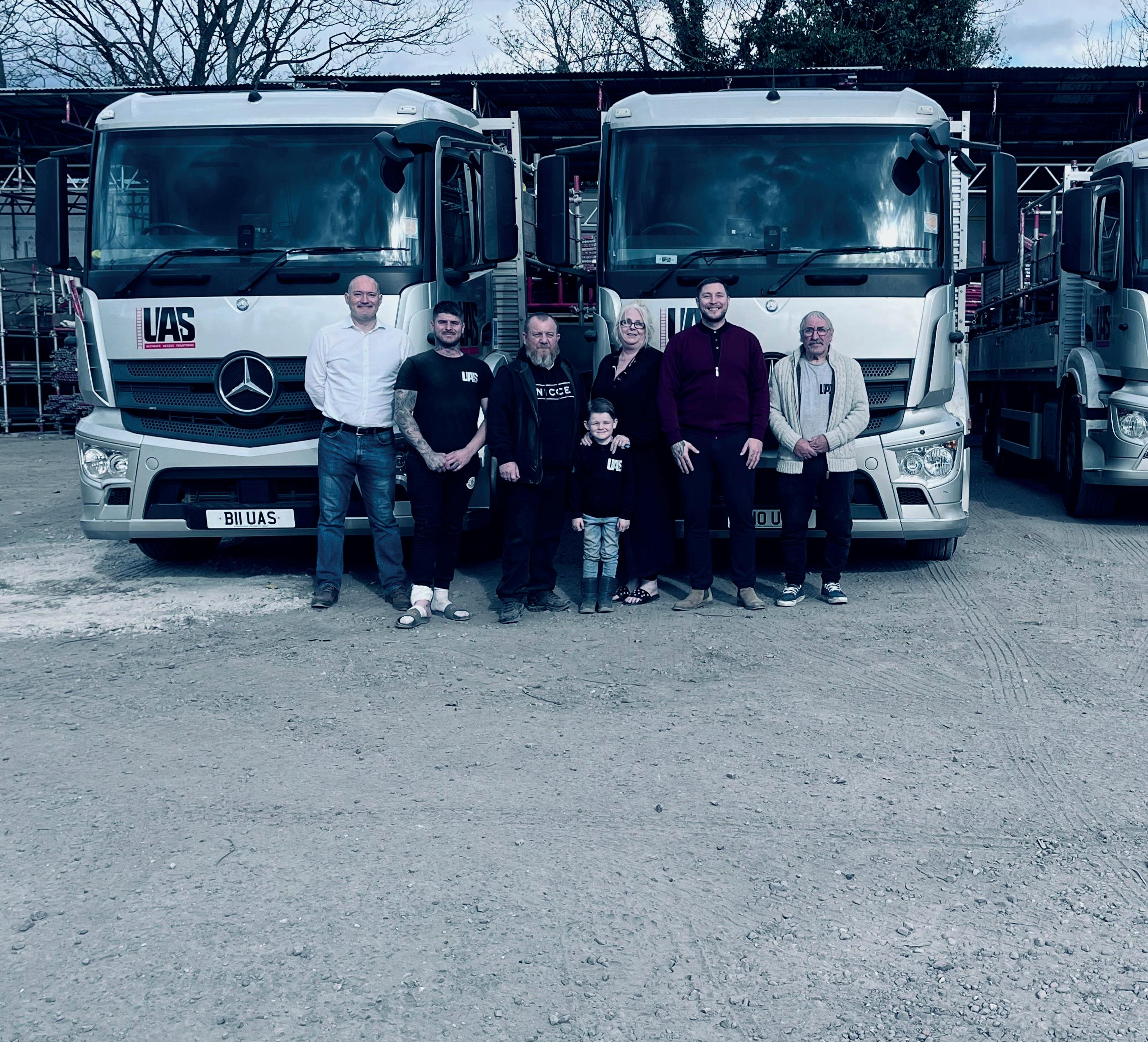
2 minute read
Don’t buck the system
from AccessPoint Issue 21
by AccessPoint
Labour is such a massive part of the industry’s costs calculations that key players who were previously devotees of tube and fittings now see system scaffold as a means of being competitive in the marketplace.
Heavy duty supports
The adoption of system scaffold solutions certainly doesn’t mean that you should abandon tube and fittings. The skill is knowing when to use each solution – or how to combine the two on the same project.
Tube and fittings has – and always will have –a strong place in the market, but many people still don’t appreciate that strategic use of system scaffold can be used alongside – and complement – tube and fittings. A prime example is HAKI Tripod heavy duty support.
Delivering leg loads of up to 200Kn, the HAKI Tripod is ideal for the base of scaffolding where space is limited, for example on city centre streets, where a minimal pavement gantry is required to provide a clear view of store frontages. Tripod heavy duty supports also provide greater standard loads for hoist run-off towers, loading towers and tall stair towers Tripod heavy duty supports are fully compatible with system scaffold and with tube and fittings: Start with the HAKI Tripod as an upright and use your preferred standard scaffold when the load has decreased.
Loading towers
Loading towers provide another prime example of the benefits of combining system scaffold and tube and fittings on the same site.

Faced with fewer workers on site, yet with increased demand, housebuilders were among the first to appreciate the benefits of systemised loading towers.

A single lift in system scaffold takes 15 minutes to erect, compared to 90 minutes in tube and fittings - not surprising when you realise that a single lift in tube and fittings requires 144 fittings while in system scaffold it requires none at all. That startling comparison meant that a ubiquitous structure that had been taken for granted for years, suddenly became an area where significant cost and time savings could be achieved.
The safety and site management benefits also come in to play: Loading towers are a designed scaffold and must be erected in accordance with a TG20 drawing, because system scaffold loading towers are a generic design and are fully systemised, they can only be erected correctly.


Competing for more lucrative contracts
There has been a significant change in the construction sector - and that, too, has driven the case for system scaffold. Given the Government’s investment in infrastructure projects to kick start the economy, rail and road projects offer massive business potential which has driven demand for niche products where system scaffold is clearly recognised as the market leader. The benefits of the HAKI Bridge System and Public Access Staircases were well documented long before Covid hit. Time and time again, projects were returning remarkable comparisons: The HAKI Bridge System is quicker to erect – reducing manhours by an incredible 90% compared to the tube and fittings alternative - there are fewer components (reducing transport costs by 50%) and the completed bridge is 60% lighter than one constructed in tube and fittings.
Try before you buy
The final piece in the jigsaw which explains the popularity of system scaffold is flexibility. The ability to hire or buy system scaffold is essential: it not only means scaffold companies can supplement their own stocks (often resulting in projects being a combination of system scaffold and tube and fittings), but also means that companies can trial a “system solution” on a hire basis and then choose to buy the equipment if that proves to be the most cost-effective solution.






